There’s a new kid on the block: one that’s tackling the problems surrounding one of the coolest tech innovations that promises us the high-tech lifestyle that Hollywood portrays.
Hurify is not just any blockchain startup. It combines the power of blockchain with the strength of crowdsourcing to fuel the growth of the Internet of Things (IoT). In this article, we look at why Hurify is such a promising company to look out for.
IoT, Explained
IoT does what it stands for: there are things – many things – and the internet unites them all. The IoT ecosystem consists of many different physical objects, including electronic devices, vehicles, home appliances, and many other objects (heart monitoring implants, for instance). While each of these has their own unique embedded computing system, interoperability between them is made possible thanks to the internet.
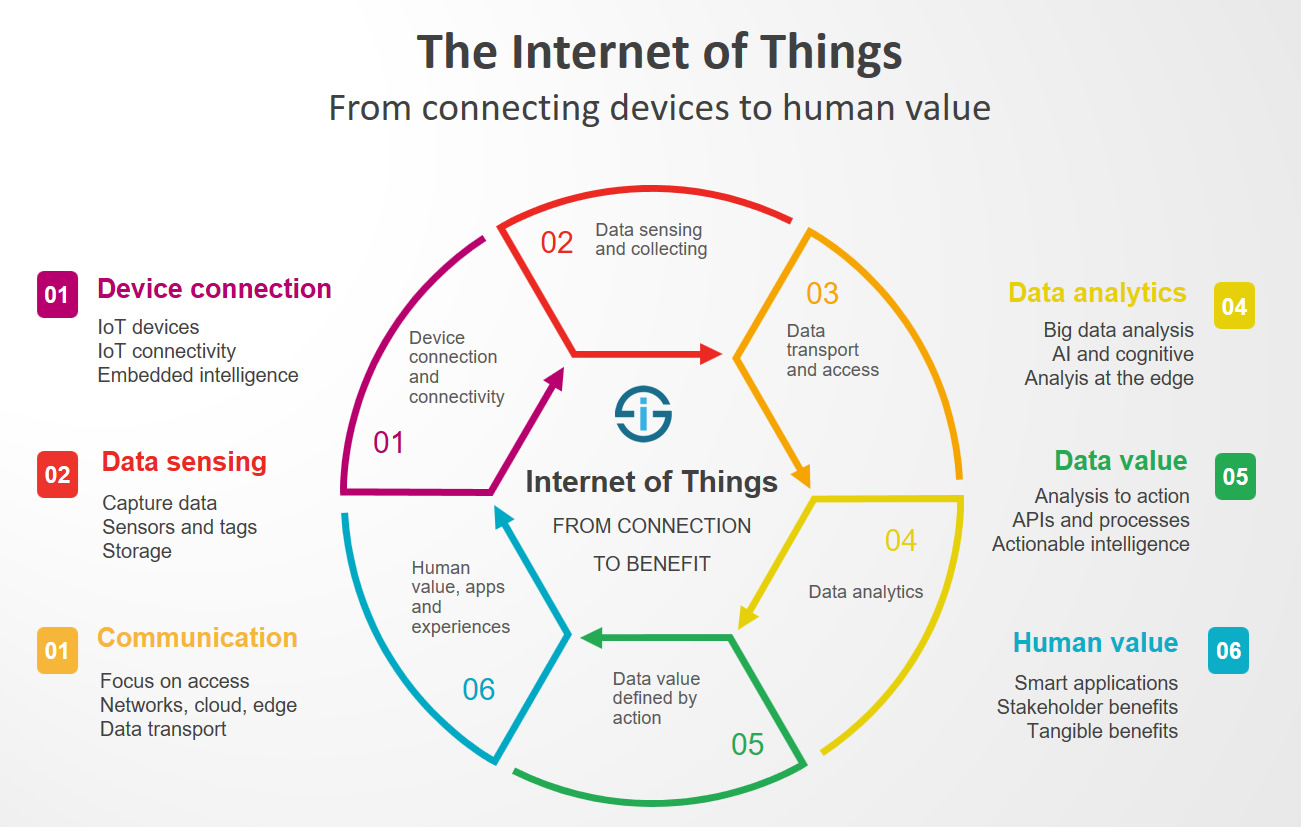
Clearly, thanks to the vast potential such a convergence of objects and technology brings, a future with IoT looks far brighter and more interesting that one without. And the market agrees.
It is forecasted that across verticals, IoT spending will continue to rise.
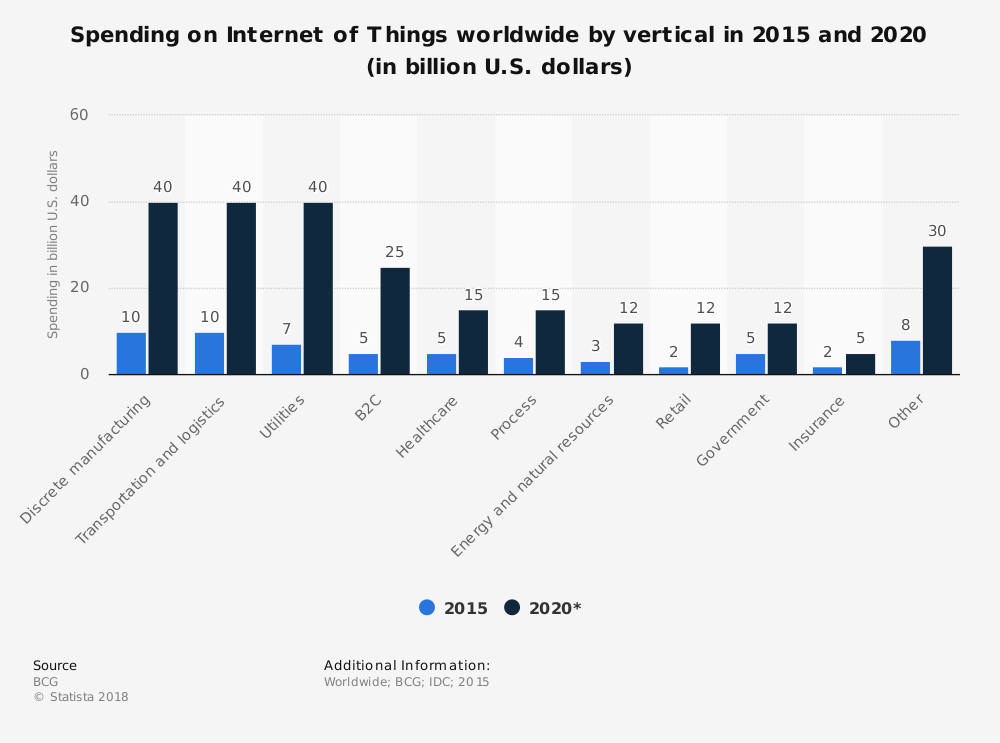
As will consumer spending in the sector.
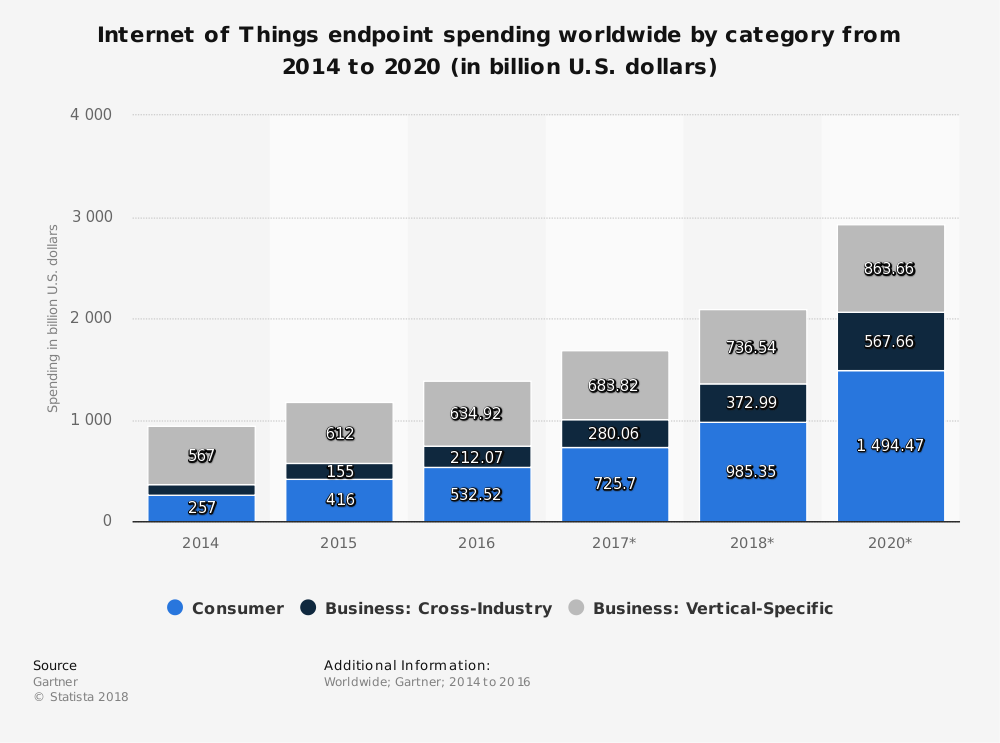
Market Adoption of IoT
We’ve all been hearing about the IoT buzz since the term first started trending. IoT was conceptualised back in 1982 with the world’s first “smart” Coke machine at Carnegie Mellon University; yet 36 years later, and nearly 20 years after the term was first coined in 1999, adoption remains under the radar.
In 2012, penetration was at a low 0.6 percent or 8.7 billion devices. In 2017, 20.35 billion devices formed part of the IoT-sphere. Growth, yes, but relatively slow considering the vast implications IoT technology holds for just about every industry under the sun.
Think about it: apart from the odd smart home favored by those high tech-lovers on your friends list, how often do you see businesses around you – big or small – capitalizing on what is forecasted to be a US$7 trillion market by 2020? After all, there is so much more potential in this technology than slapping on a smartwatch and tracking your 10,000 steps for the day.
Why are adopters not lining up to integrate IoT technology into their businesses? The answer, in part, lies in its complexity.
From a legal standpoint, “things” that make up IoT include “an inextricable mixture of hardware, software, data and service”. It will come as no surprise, then, that bringing an IoT product to market is a highly involved process with countless technical personnel.
IoT applications consist of the following elements:
- Edge devices hardware with embedded IoT software
- Ingestion layer (cloud infrastructure)
- Analytics
- End-user tier (enterprise, web, or mobile app)
Clearly, the chances of finding a single developer possessing all of these technical skills are highly unlikely, and the costs attributed to having a group of such highly-skilled technical hires in employment is out of reach – or simply not viable – for most businesses.
This is a major contributing factor in the current small-scale business adoption of IoT.
What is Hurify?
Hurify is a decentralized IoT marketplace disruptor. If that sounds like a mouthful, you’re in for a treat. Thanks to its unique USP and prominent focus on streamlining workflow, Hurify is about as simple as it gets in undertaking an IoT project.
But first, let’s understand why Hurify came into existence, and why it’s needed.
How Does Hurify Work?
Hurify disrupts the IoT marketplace in the best way possible. The platform, utilizing the power of smart contracts, bridges the gap between supply and demand in the IoT space.
By providing an IoT-specific marketplace, Hurify connects companies requiring the services of a variety of skilled IT workers throughout the IoT project lifecycle with a plethora of experts who are able to provide those services.
The platform offers:
- A decentralized Ethereum-based platform driven by smart contracts.
- Payments made directly between buyer and seller.
- Cryptocurrency payments for international partnerships.
A business is able to go through the ideation processby relying on the transparency and trustlessness of the blockchain-fueled Hurify platform, starting from the first prototype stage all the way to completion.
Using Hurify, businesses can select developers for their project through a bidding system, and be protected by the platform’s smart contract mechanism that releases funds only when both parties sign off on work completed based on the given criteria and provided that satisfaction levels are reached.
The Hurify marketplace provides the following advantages for businesses:
- Ability for clients to find the right talent for their IoT development work.
- Quick concept-to-prototype transition.
- The opportunity for clients to specify their own terms and conditions.
- Multi-signature escrow between the client and developer.
- Personal information does not have to be shared.
- Lower IoT development cost with no additional charges or fees.
A detailed workflow of the service monetization process is depicted below.
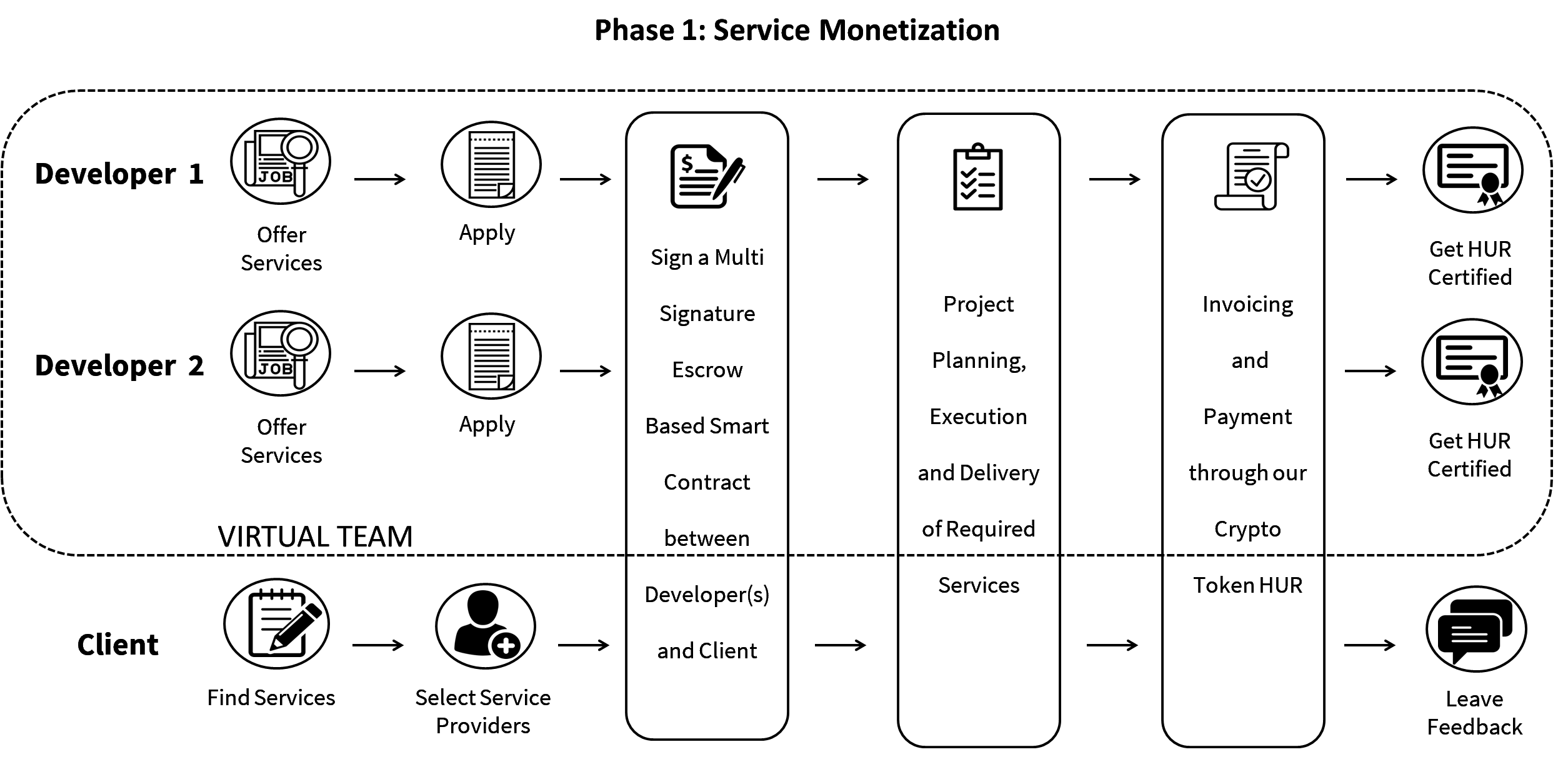
For developers, Hurify offers a niche marketplace that not only puts developers in touch with clients needing their services but also affords them the opportunity to upskill on cutting-edge IoT skills while getting paid for it. Hurify issues developers a certificate after completion of each job, ultimately allowing developers to create a valuable portfolio that lives on the blockchain.
Developers benefit by using the Hurify platform in the following ways:
- Receive immediate payment for completed development projects.
- Build reputation and client base for the best of IoT developer talent.
- Enable developers to build out their hot skills set.
The Hurify Roadmap
2018 might be the Year of the Dog, but it’s also the year Hurify goes big on IoT. Their roadmap promises delivery of a variety of exciting updates throughout the year.
Here’s an overview of what we can expect from Hurify in 2018:
Q1 2018: Bolton Lake Update
- Escrow smart contract
- IoT services marketplace
- Job management
- HUR payment
Q2 2018: Canim Lake Update
- Video calling
- Voice calling
- Messaging
- BTC/LTC/ETH support
- Q&A
- Forums
Q3 2018: Como Lake Update
- IoT hardware rentals
- Advertising solution on Hurify
Q4 2018: Decker Lake Update
- Rewards and incentives for service providers
The Hurify Team
Executive Team
Between them, the executive team has a combined 128 years of experience working on cutting-edge technology and building companies. The two co-founders are veterans in the IoT space and have both worked at Intel.
Chandramouli Srinivasan, co-founder and CEO of Hurify, also serves as co-founder and CEO of Mobodexter Inc., a Smart City platform. Similarly, co-founder and CIO Kavitha Gopalan is a co-founder at Mobodexter Inc. She is an entrepreneur, strategist, IoT and technology expert.
Nathaniel Lodwig manages business and investor development. He is the founder and CEO of Global Energy Solutions, Inc., and was the former president of Sustainable Enterprises LLC.
Engineering Team
The quality of talent on the engineering team is a good selling point for the wealth of talent a platform like Hurify is sure to attract.
Sridhar Krishnan is the IoT and Blockchain Product Development Head. He has formerly served at HP and Canon, is well-versed in software development, and is the Former Director of IT Services for Connect Tech Solutions.
The Solution Head is Srinidhi Murthy. He is an IoT technologist specializing in network, embedded, blockchain, and security technologies, and was the former Tech Lead at Infosys.
Arun Kumar, the team’s Solidity Smart Contract Engineer, is a tech geek with expertise in IoT, blockchain, and app development.
Final Thoughts
Hurify is the first player of its kind, and is sure to play a major role in widening IoT adoption by businesses, and furthering opportunities and deepening work experience for IoT developers.
To that end, Hurify joins as a pioneer, standing at the forefront of an industry that promises to take us from a semi-connected world into one where the things in our lives talk to each other in a way that would put Iron Man’s gadgets to shame.
The Hurify ICO is currently live, and will run until February 28, 2018.
Here are some details on the ICO:
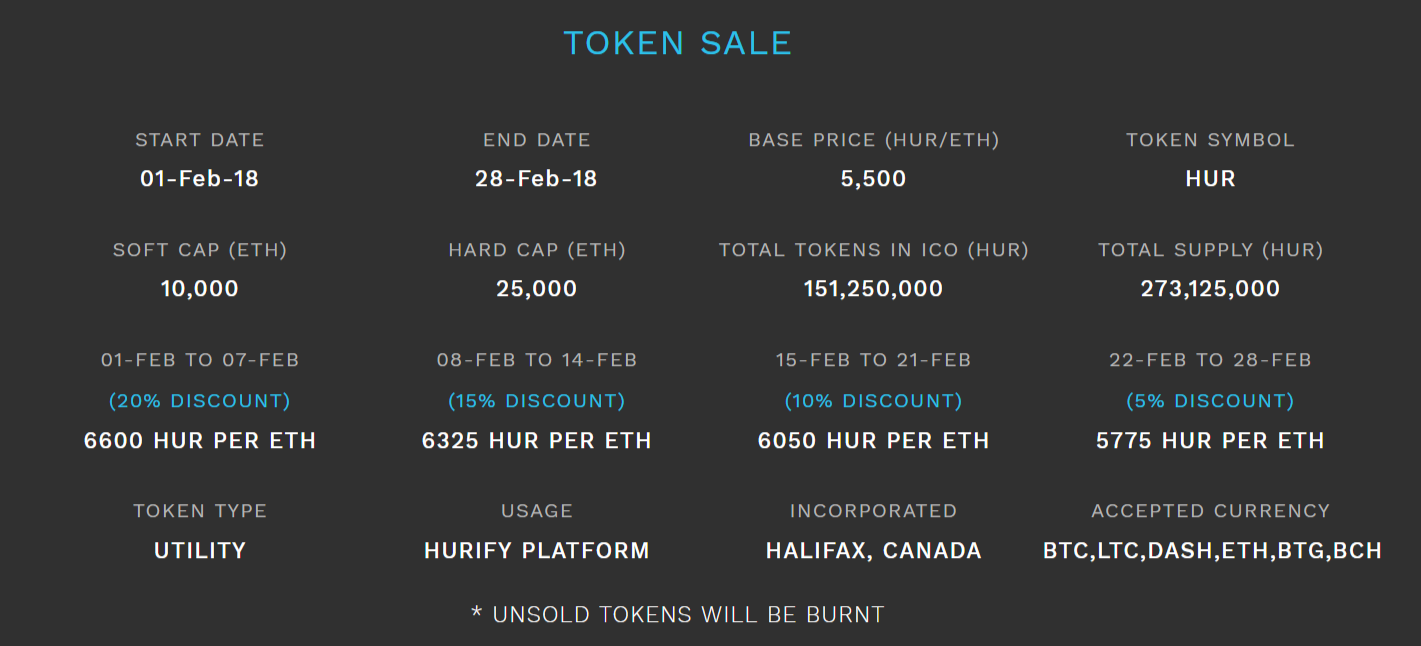
To take part, open an account on their ICO page. Connect with the company via Telegram, Reddit, GitHub, Twitter, Facebook, or their blog.

